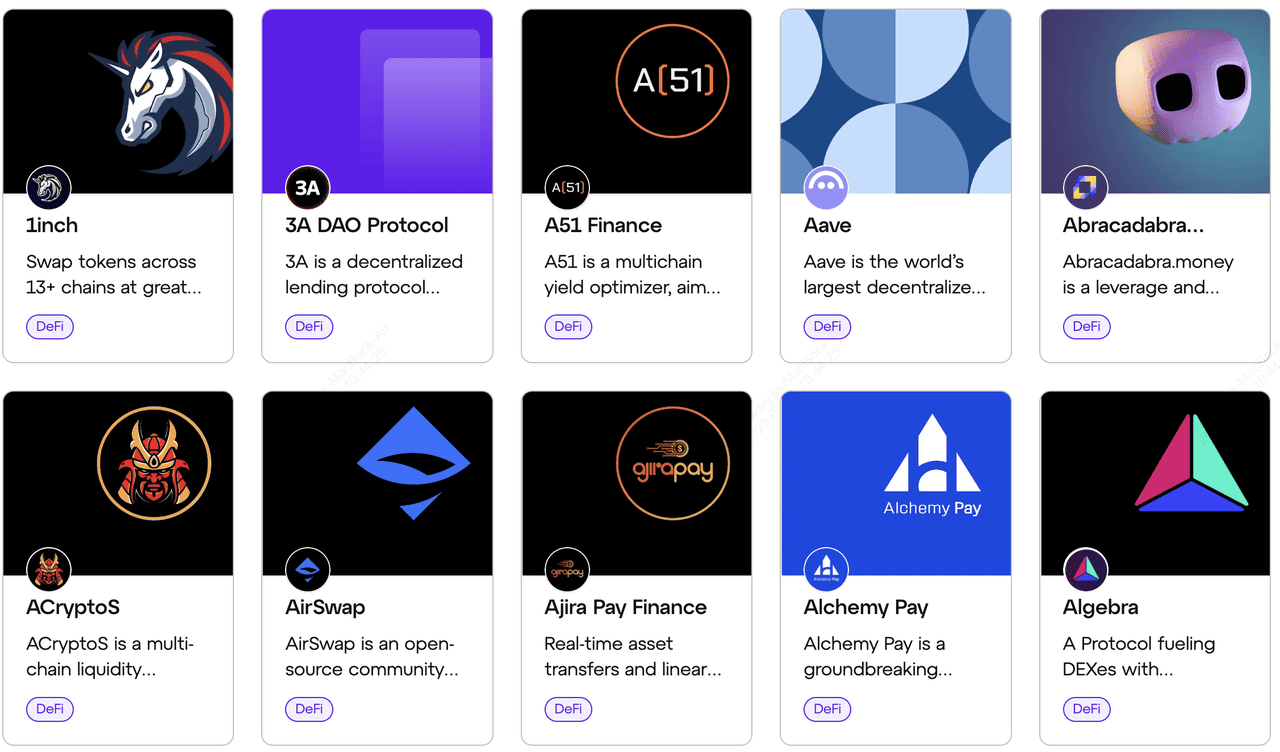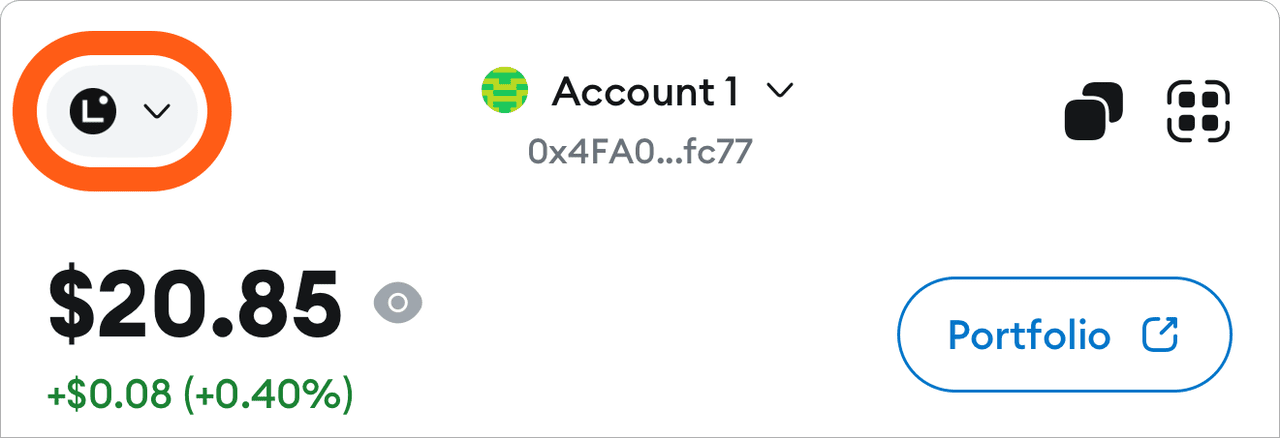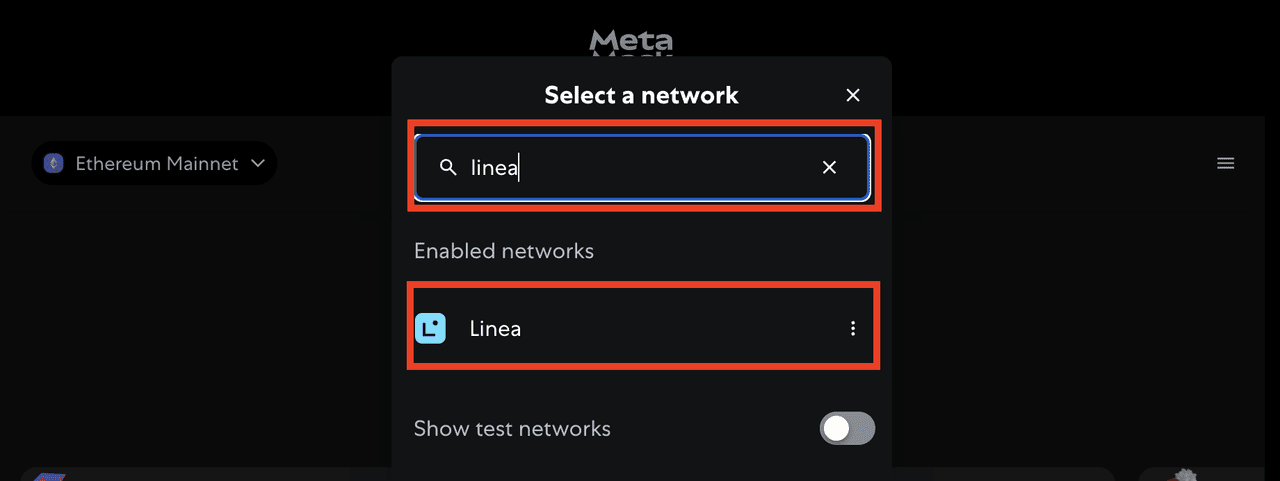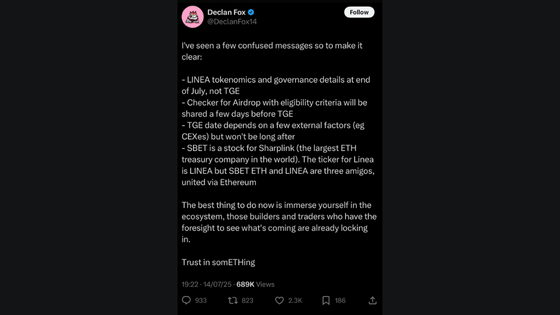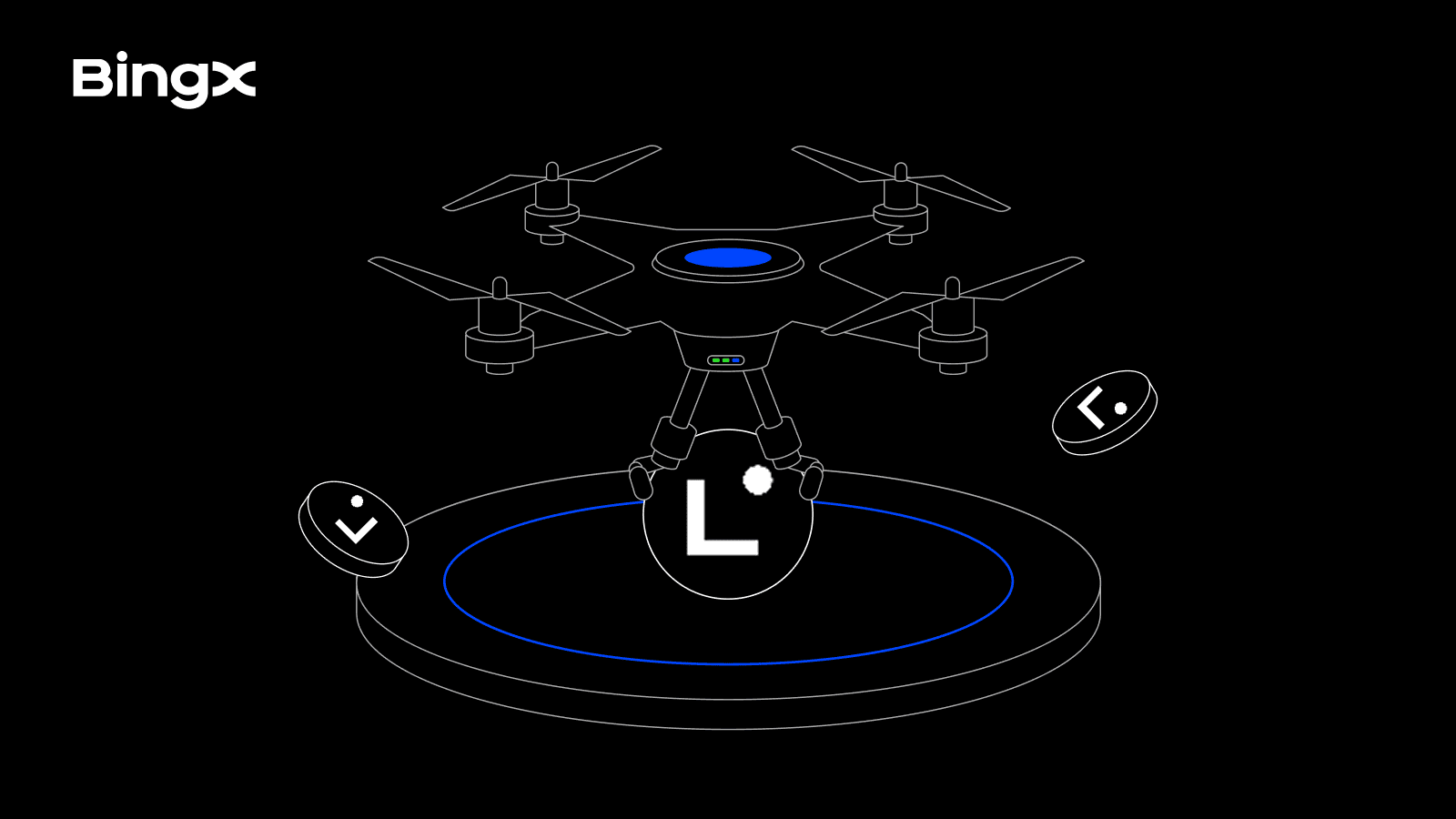As the sencond largest public blockchain,
Ethereum’s network still struggles with high
gas fees, slow transaction speeds, and limited throughput, especially during peak demand. Enter Linea, a next-generation
Ethereum Layer‑2 powered by
zero-knowledge (zk) proofs and fully
EVM-equivalent architecture. Built by ConsenSys, the team behind
MetaMask, Linea has quickly become one of the most promising scaling solutions on the market.
As of July 2025, Linea secures nearly $500 million in assets, with over $317 million bridged, $53 million natively minted, and an average L2 transaction cost of just $0.0014. Still in Stage 0 of rollup decentralization, Linea is already integrated with major DeFi apps, supports MetaMask out of the box, and enables Web2-level speeds without sacrificing Ethereum’s security. And with a long-awaited token airdrop on the horizon, interest in Linea is heating up once again.
Linea's TVL | Source: L2Beat
In this article, we explore what Linea is, how it works, why it matters, and what’s ahead now that its token launch is confirmed.
What Is Linea?
Linea is a zero-knowledge Ethereum Layer‑2 network developed by ConsenSys, designed to scale Ethereum while preserving its security and decentralization. It leverages a Type 2 zkEVM architecture, meaning it offers full EVM equivalence, allowing developers to deploy existing Ethereum
smart contracts and
dApps without code modifications. Linea’s mainnet officially launched in July 2023, and as of mid‑2025, it secures over $497 million in total value across canonical, native, and external bridges.
Linea batches transactions off-chain and generates SNARK-based validity proofs, which are submitted to Ethereum for finality. Unlike optimistic rollups that rely on seven-day fraud-proof windows, Linea enables instant finality and fast withdrawals, making it suitable for real-time DeFi, NFT trading, and on-chain identity tools. Its connection to MetaMask ensures native wallet support, while its infrastructure stack includes Linea Besu node software, custom zk circuits (Vortex and Arcane), and on-chain data availability through blob posting.
Why Linea Stands Out in the Ethereum Layer-2 Space
Some DeFi apps in the Linea ecosystem | Source: Linea.build
With its combination of low fees, high compatibility, and strong security guarantees, Linea aims to become the home network for the next billion on-chain users.
• Scalability & Speed: Linea reduces L1 gas costs by over 95%, with the average transaction fee just $0.0014. Batches are compressed and posted as blobs or calldata, keeping network throughput high while maintaining data availability.
• Security by Design: The network uses recursive zk proofs validated directly on Ethereum, ensuring state correctness without delay. This architecture eliminates withdrawal lockups and enables fast, secure user exits.
• Developer-Friendly Ecosystem: Fully compatible with Ethereum tools like MetaMask, Truffle, and Infura, Linea also supports rich SDKs, open APIs, hackathon funding, and integrations with major DeFi and NFT platforms such as Mendi, Zonic, SyncSwap, and LayerBank.
• Decentralization Roadmap: Linea is currently in Stage 0 of rollup maturity, with centralized sequencing and proving. However, its public roadmap includes plans to decentralize sequencers, open up governance, and enable trustless block finalization through open participation and fallback mechanisms.
How Linea Layer-2 Network Works
Linea combines Ethereum compatibility with zero-knowledge technology to deliver faster and cheaper blockchain transactions, without sacrificing security. Here's how it works under the hood:
1. Zero‑Knowledge Rollup Model
Linea operates as a
zk-rollup, meaning it processes transactions off-chain and then generates a cryptographic proof, called a zkSNARK, that summarizes all the activity. This proof is posted to Ethereum, along with compressed transaction data (via blobs or calldata), where it's verified by a smart contract. Once verified, the state changes become final on Ethereum. This approach reduces gas fees significantly while still leveraging Ethereum's security.
2. Full EVM Equivalence
Unlike some zk-rollups that only partially support Ethereum tools, Linea is a Type 2 zkEVM, meaning it behaves exactly like Ethereum’s
mainnet at the opcode level. Developers can deploy Solidity smart contracts, use familiar tools like MetaMask, Truffle, or Hardhat, and port their existing dApps to Linea without any code changes or re-audits. This makes migration seamless and accelerates development.
3. Security and Proof Architecture
To verify off-chain activity, Linea uses an advanced proof system based on recursive SNARKs, developed in-house under names like Vortex and Arcane. These systems take all the transaction data, compress it into a small proof, and submit it to Ethereum for final validation. This means your funds on Linea are always backed by Ethereum’s security, and unlike optimistic rollups, there’s no seven-day withdrawal delay. You can withdraw instantly with proof.
Linea also posts all necessary transaction data on-chain, ensuring full data availability for reconstructing state. And with the average transaction cost around $0.0014, this architecture makes Linea one of the most cost-efficient and user-friendly Layer‑2s in the Ethereum ecosystem.
How Does Linea Differ from Ethereum and Other Layer‑2 Networks?
Linea is built to mirror Ethereum’s functionality while solving its core limitations, high gas fees, slow transactions, and limited scalability. Unlike Ethereum, where every transaction is executed and stored directly on-chain, Linea processes transactions off-chain using zk-rollups and then submits
cryptographic proofs to Ethereum. This drastically reduces costs, with an average fee of ~$0.0014, and improves speed, while still relying on Ethereum mainnet for final security. With Type 2 EVM equivalence, Linea also maintains complete compatibility with Ethereum’s smart contracts, opcodes, and tools, making it easy for developers to migrate applications without rewriting code.
Compared to other Layer‑2 networks, Linea stands out in several ways. While optimistic rollups like
Arbitrum and
Optimism rely on fraud proofs and seven-day withdrawal windows, Linea’s zkSNARK-based system enables near-instant withdrawals and finality. It also differs from other zk-rollups like zkSync Era and Scroll by offering full EVM opcode parity; many zk-rollups are only partially compatible with Ethereum, limiting developer tooling. Backed by ConsenSys, Linea is tightly integrated with MetaMask and Infura, giving it a strategic edge in onboarding users and scaling infrastructure. Although still in Stage 0 of rollup maturity, Linea’s roadmap toward decentralization, combined with its performance and developer support, positions it as a leading contender in Ethereum’s Layer‑2 ecosystem.
How to Connect Linea to MetaMask: A Step-by-Step Guide
Connecting Linea to your MetaMask wallet is quick and beginner-friendly. Since Linea is fully compatible with the Ethereum Virtual Machine (EVM), you can add it just like any other custom network. Here’s how to do it:
1. Open MetaMask (on desktop or mobile).
2. Click the network dropdown at the top of the MetaMask interface.
Source: MetaMask docs
3. Scroll to the bottom and click “Add network”.
4. In the list of available networks, look for Linea Mainnet under “Popular networks.”
5. Click “Add” next to Linea Mainnet and confirm the prompt.
You're now connected to Linea, your gateway to fast, low-cost, and Ethereum-compatible transactions. With MetaMask set up, you're ready to explore the vibrant Linea ecosystem: swap tokens on SyncSwap, mint NFTs on Zonic, stake assets on Mendi, or participate in campaigns like Linea Voyage. Whether you're a DeFi enthusiast, NFT collector, or airdrop hunter, everything you need to live onchain starts here.
What Is the Linea Airdrop and When Is It Expected?
Source: Declan Fox on X
Linea has confirmed the launch of its native $LINEA token, with a Token Generation Event (TGE) expected in late July 2025 via a tweet by Declan Fox, founding member and Product Lead at Linea. While the team has indicated a community airdrop, exact tokenomics, snapshot date, and distribution details have not yet been announced.
To boost your chances of qualifying, users are encouraged to engage with Linea Voyage (LXP), Surge (LXP‑L), and complete
Proof of Humanity. On-chain activity like bridging, trading, and using dApps such as SyncSwap or Zonic may also be factored in. Stay tuned for official eligibility tools and announcements as the TGE approaches.
Trade LINEA on BingX Pre‑Market Before Official Launch
You can
trade the $LINEA token on BingX through
Pre-Market Trading before its official launch. This feature allows users to place buy or sell orders early, with tokens delivered once the listing goes live. Keep in mind that funds are locked during order matching, and pre-market trading carries risk if the token is delayed or fails to launch.
Conclusion
Linea brings together Ethereum-level security, zero-knowledge scalability, and full EVM compatibility to offer a developer- and user-friendly Layer-2 experience. Its architecture lowers costs, accelerates transactions, and simplifies dApp deployment, all while preserving the decentralization principles of Ethereum. As the network continues to grow and prepares for its upcoming token launch, Linea presents new opportunities for early adopters, builders, and active participants.
However, like all blockchain projects, Linea is still evolving. Centralized sequencers, upgradeability risks, and the early stage of its decentralization roadmap mean users should remain cautious and do their own research. Always assess platform risks and stay informed through official updates before engaging deeply with any Layer-2 ecosystem.
Related Reading

